Venice
History of Venice: from inception to modern times
The history of Venice goes back to the times of the ancient Romans, when settlements existed on the site of the future city. Venice began its formation as an independent republic in the 7th century, developing rapidly due to its strategic position at the crossroads of trade routes. Medieval Venice became one of the most powerful and richest states of its time, managing huge trade and having enormous influence in politics. Later, during the Renaissance, Venice continued to flourish as a cultural center, preserving its unique architectural appearance. Nowadays, Venice remains a popular tourist destination, attracting travelers with its unique canals, historical monuments and cultural heritage.
Venice Geography and Architecture: Unique Features
Venice's geography and architecture represent a unique combination of nature and human intervention. The city is spread over 118 islands connected by bridges and canals, making it unique in its kind. The main square of Venice is Piazza San Marco, which is one of the main attractions of the city. It is also worth noting that Venice is famous for its architecture, dominated by the style of Venetian Gothic and Renaissance art. Some of the buildings were built in the 11th-15th centuries and today they are real historical masterpieces. This makes Venice a true open-air museum, attracting tourists from all over the world.
Cultural heritage of Venice: art, museums, theaters
Venice is a city rich in cultural heritage, represented by art, museums and theaters. Here you can see the works of great Renaissance artists such as Titian, Tintoretto, magnificent sculptures and architectural masterpieces. Venetian museums keep rich collections of works of art from different eras. Teatro La Fenice is one of the oldest opera houses, where premieres and concerts of classical music are held. Venice is not only museums and theaters, but also a place where cultural heritage comes to life and gives unforgettable impressions to its guests.
Gastronomy and culinary traditions of Venice
Venice attracts visitors not only with its architecture and cultural heritage, but also with the richness of its gastronomic traditions. One of the symbols of Venetian cuisine is the bacalais, or dried cod, which is served with polenta or fritto misto - fried seafood. The city is also famous for its seafood risotto, mussels in white wine, and the traditional meat dish ossobuco - veal shank with vegetables. Dessert is a must - sweet cannoli, tiramisu and Raffaello. It is fun to try traditional aperitifs such as spritz and bellini in local bars and cafes. The gastronomic experience of Venetian cuisine leaves an unforgettable impression and allows you to immerse yourself in the atmosphere of this unique city.
Tourist features and tips for visiting Venice
When visiting Venice, it is important to follow several tips to fully enjoy this unique city. Firstly, it is recommended to visit the main attractions, such as St. Mark's Square, Palace Square and Rialto, in the early morning hours, when there are not so many people yet. It is also worth studying the schedule of boats and buses to move around the city comfortably. It is important to remember that Venice is famous for its cuisine, so be sure to try local delicacies, such as Venetian eggplant or fresh sea fish. Do not forget to respect local rules and traditions, leave tips only in cafes and restaurants, and respect monuments and historical buildings. Following these tips, your trip to Venice will be unforgettable and enjoyable.


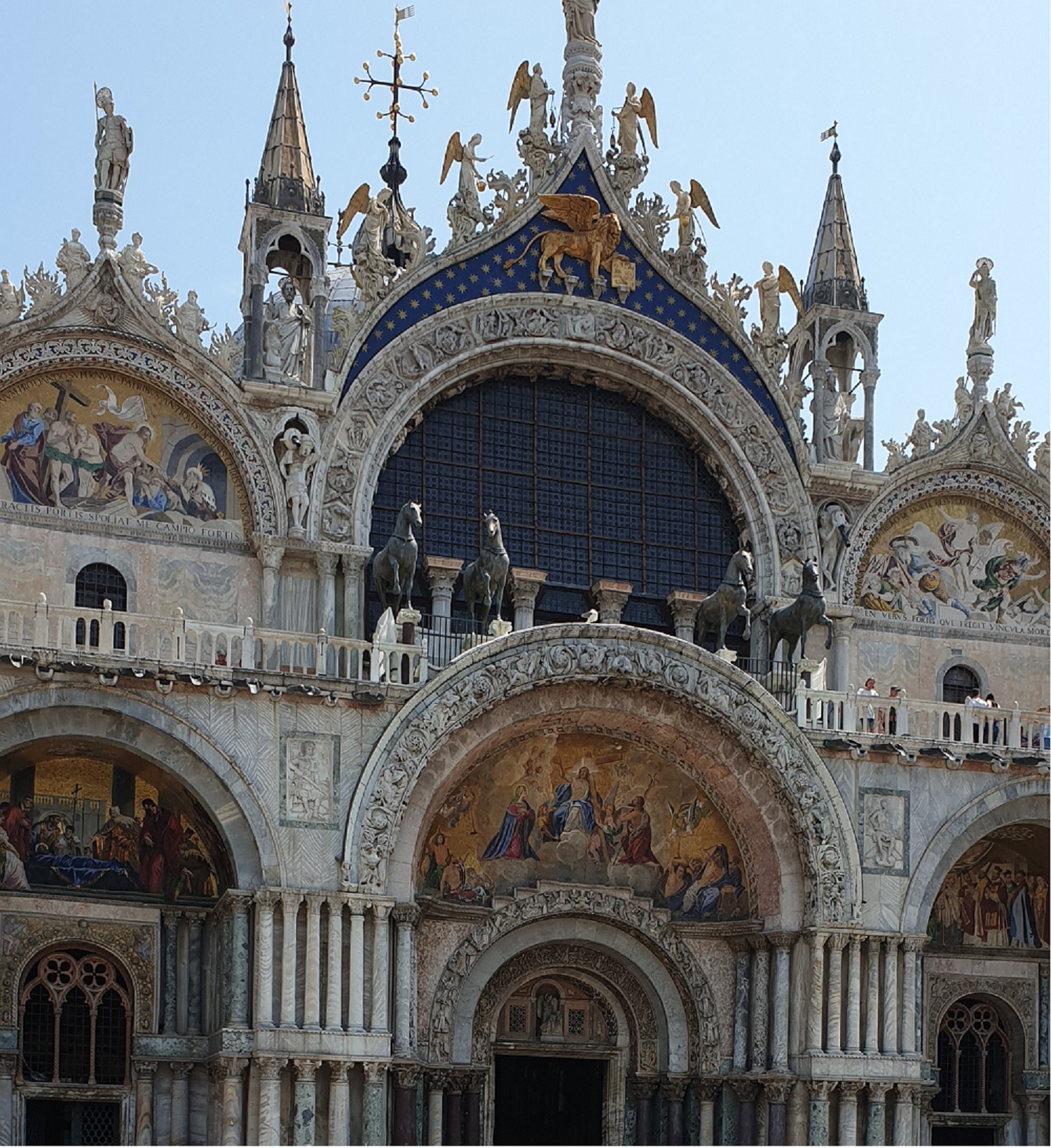

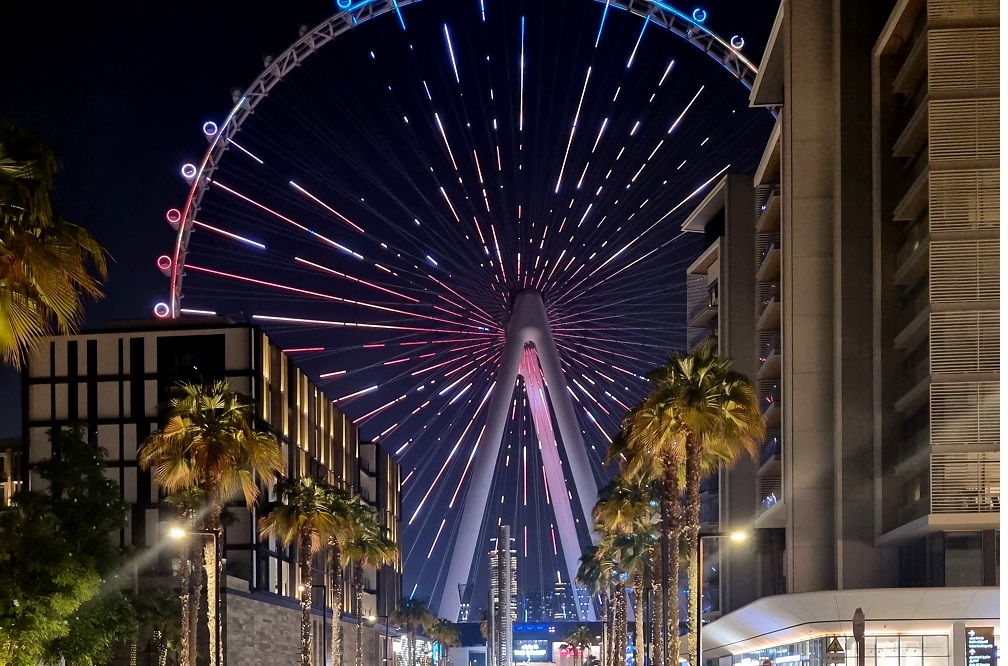







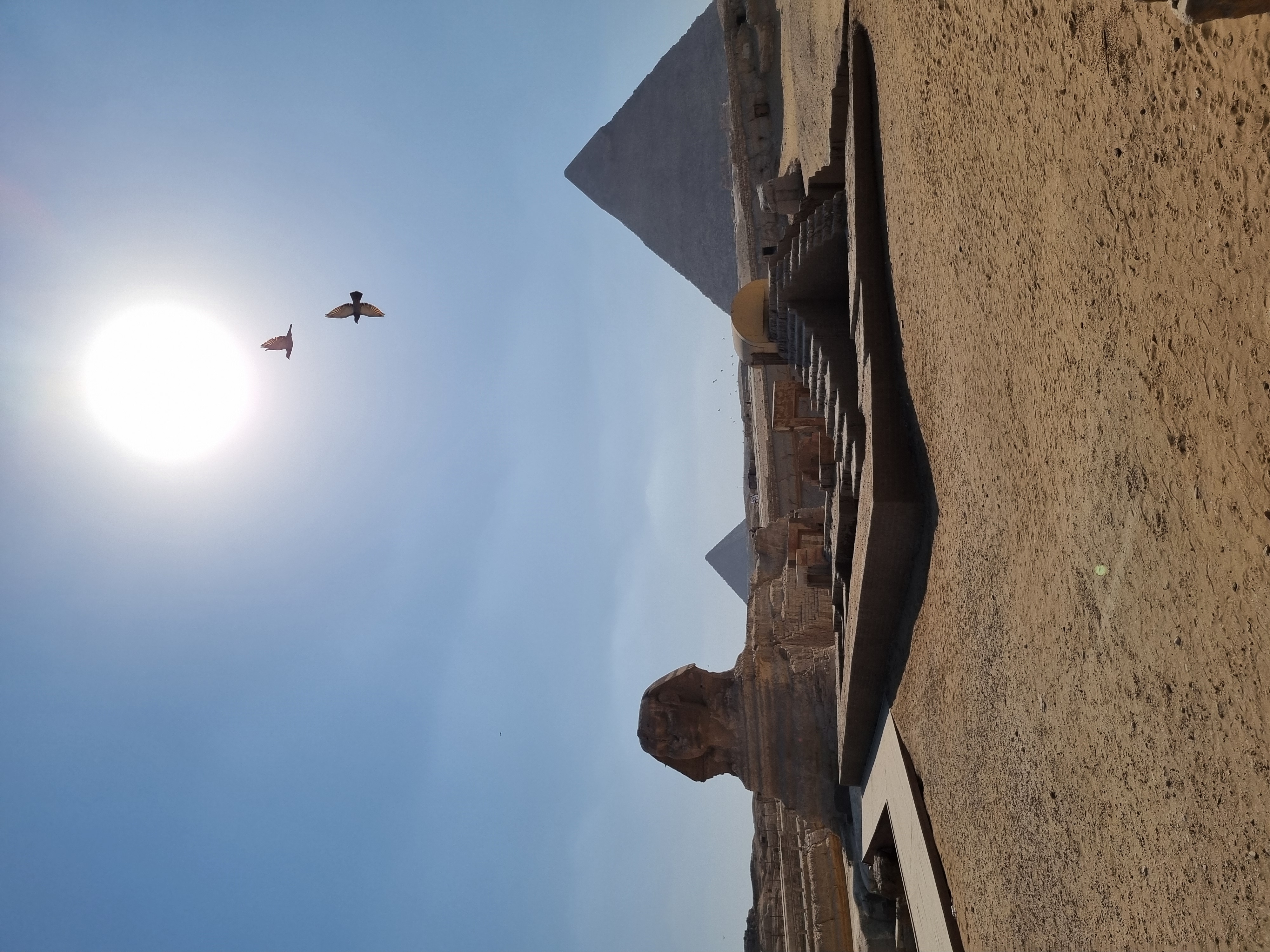
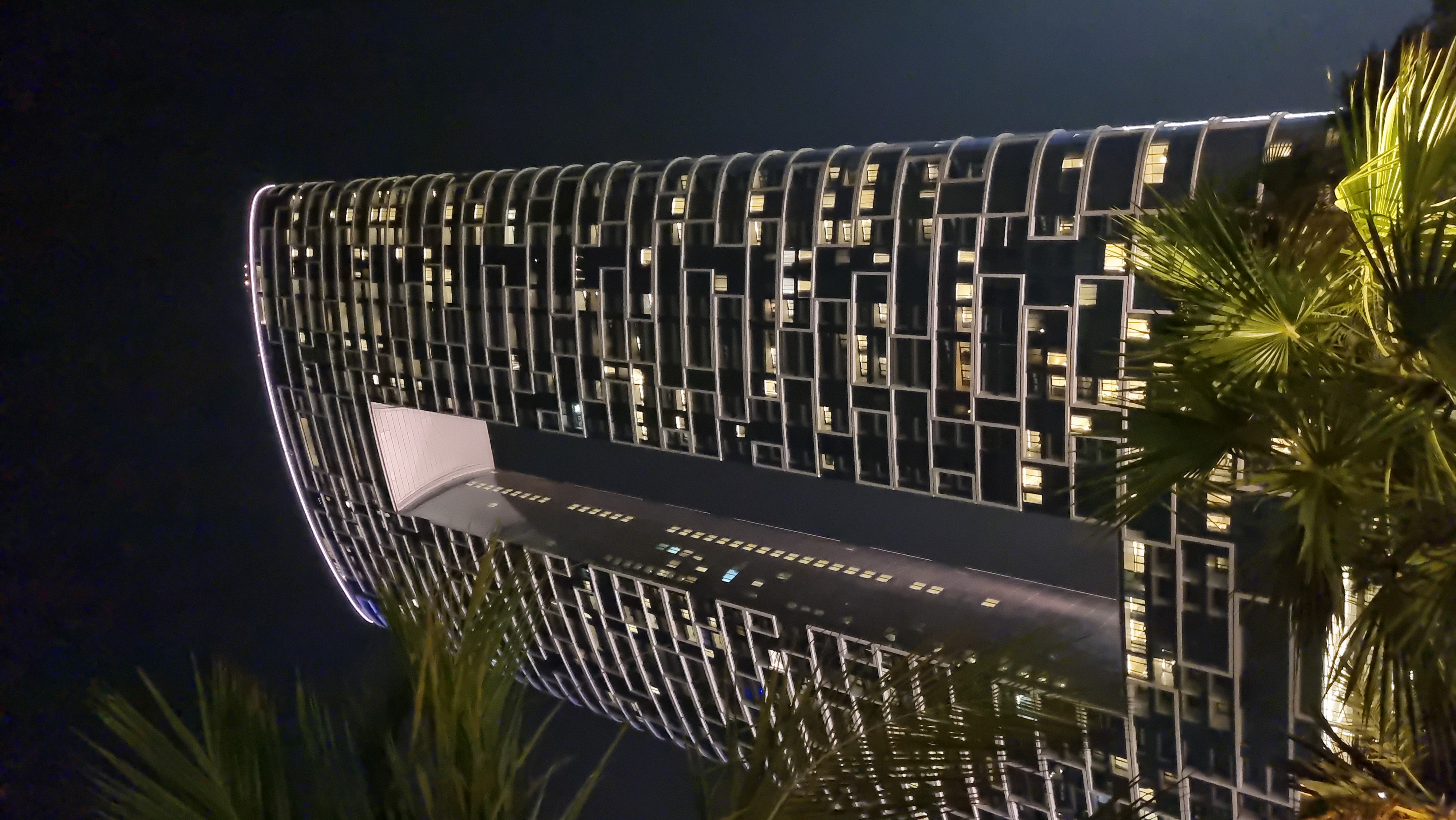

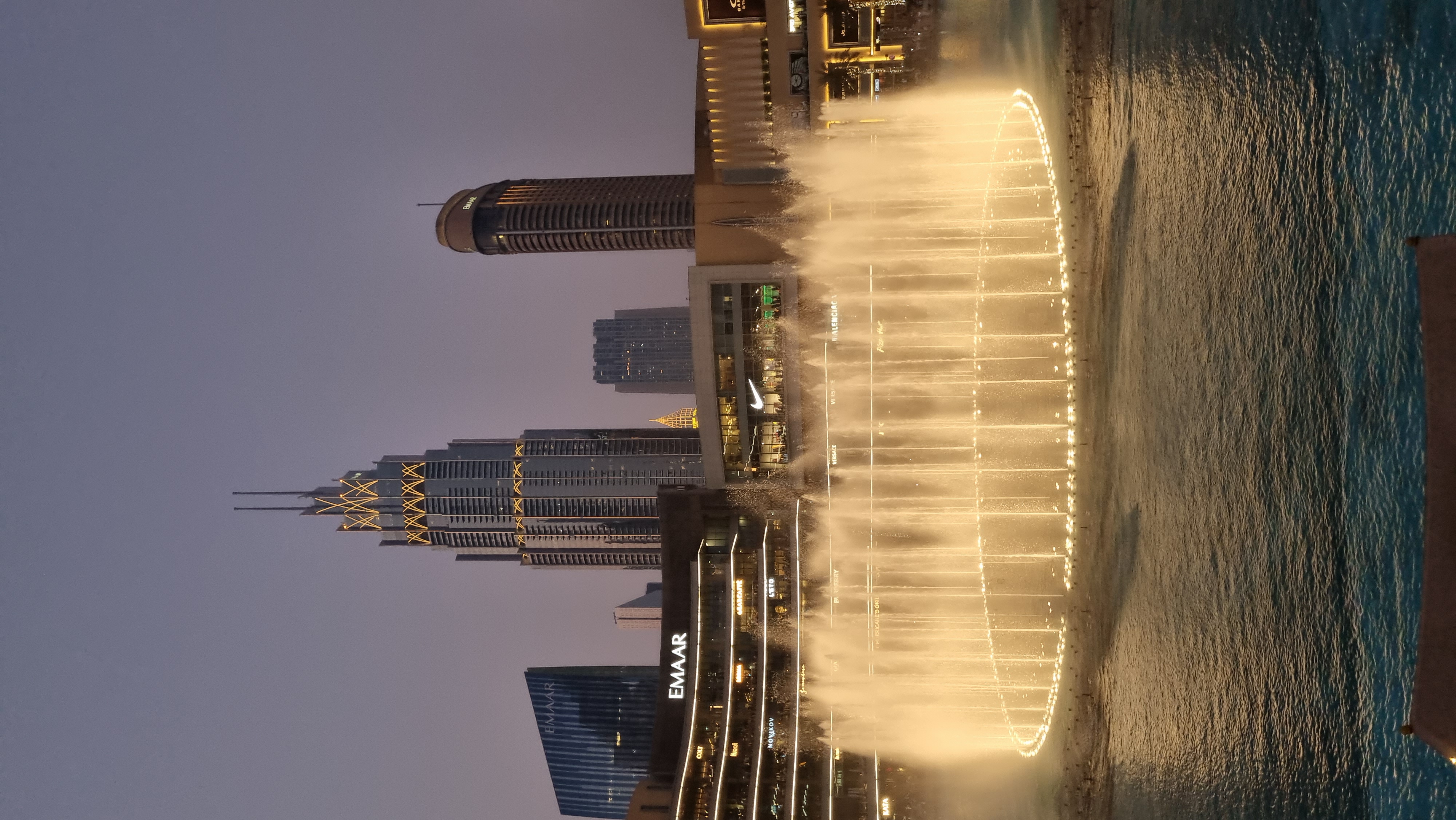







Comments powered by CComment